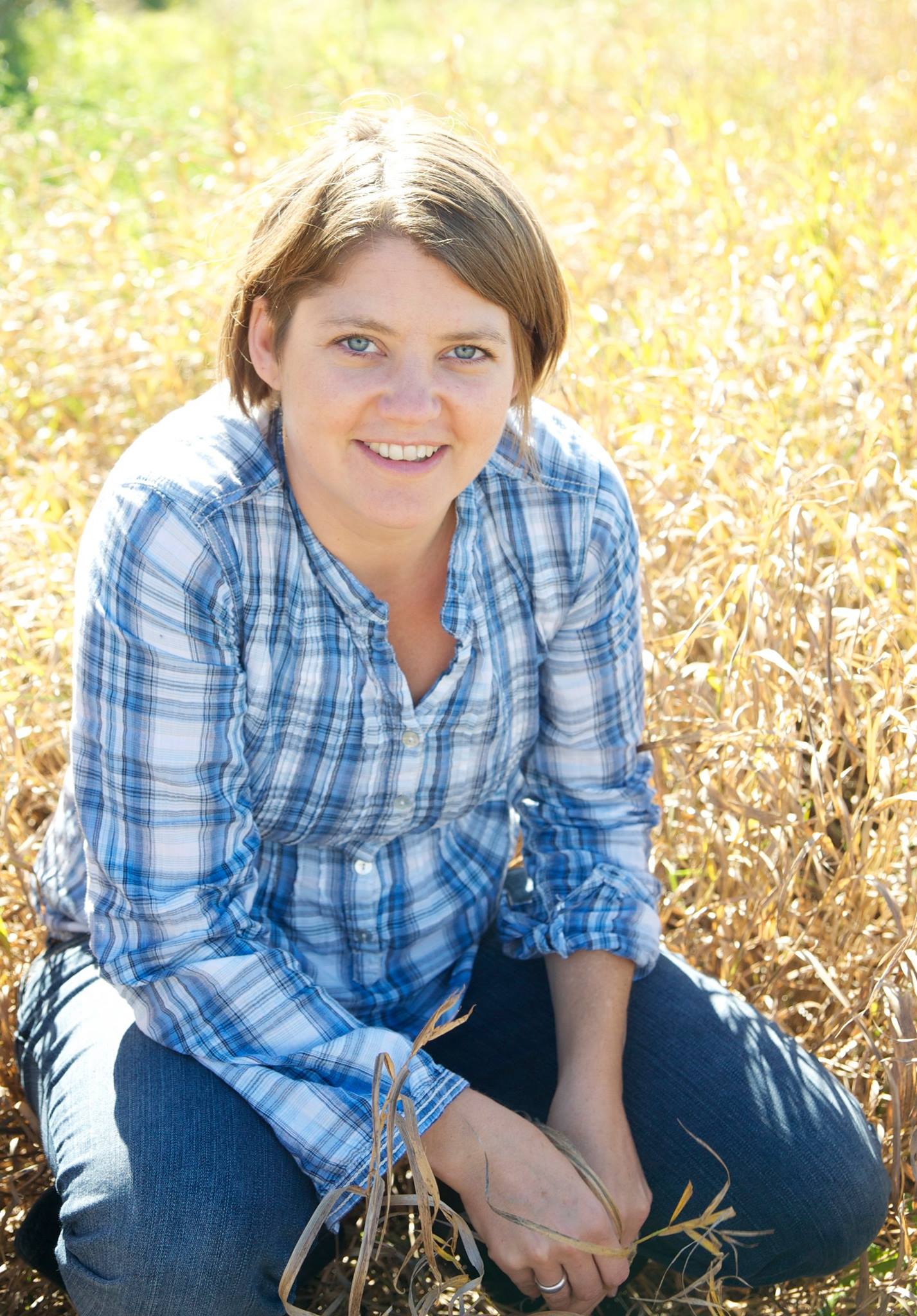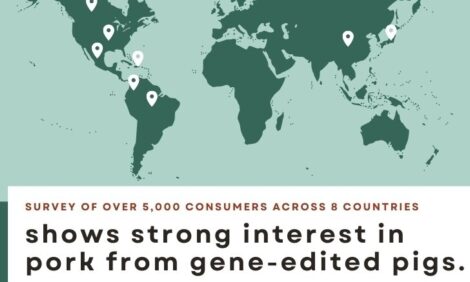



Getting more full market value hogs through early intervention
In a recent talk at the National Hog Farmer Virtual Conference, Dr Fent shone the light on possible early intervention opportunities to improve production and, therefore, profits.While feed conversion and average daily gains have more often been used as measurements of success, Dr Russell Fent, Director of the Swine Technical Group at Ralco, a global nutrition company that focuses on natural approaches to improve nutrient conversion in plants and animals, argues that mortality and full market value hogs are greater indicators of success.
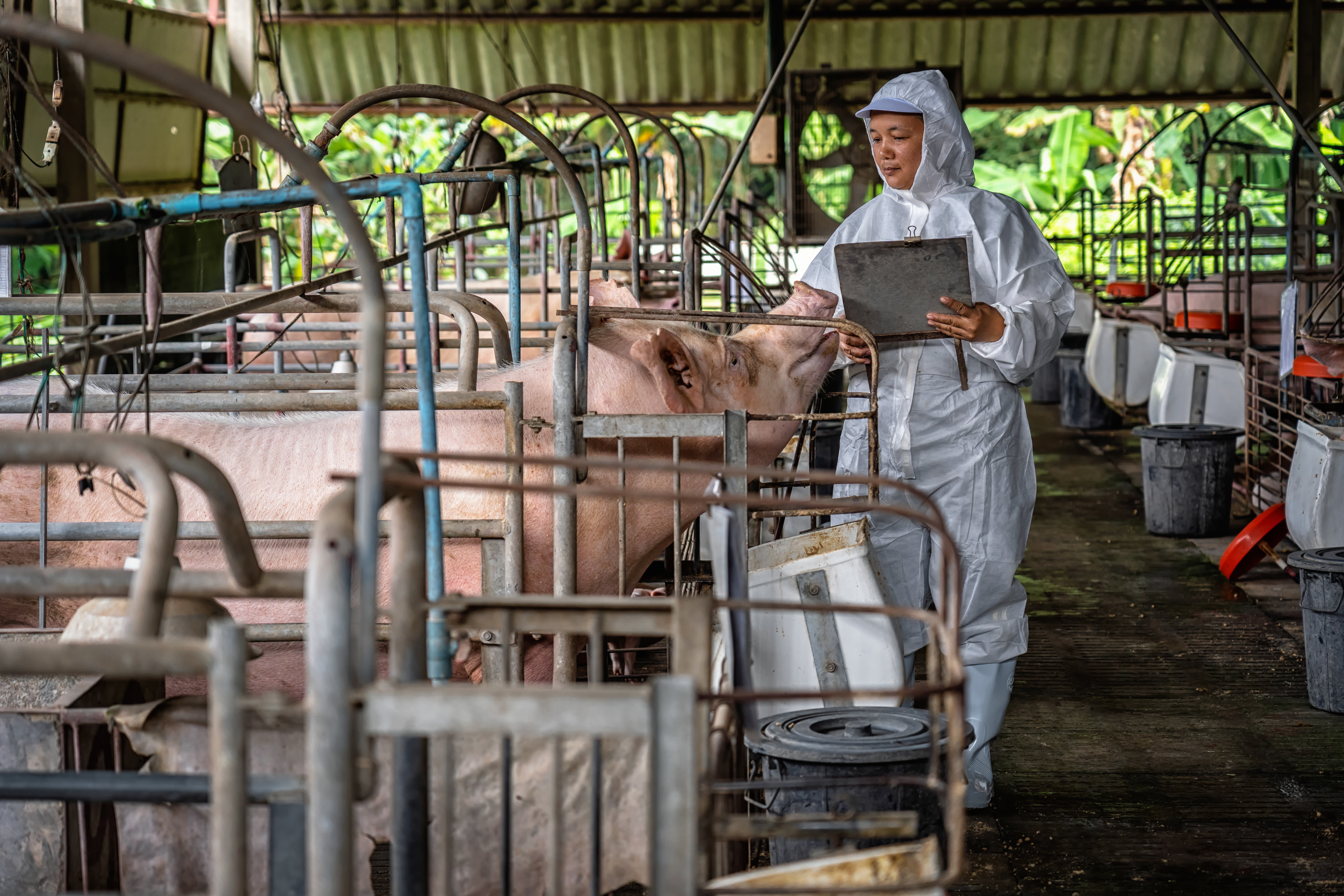
Currently, only 64 percent of hogs raised in the US reach market at full value.
“This is something that has been commonly accepted over time,” said Fent. “No matter what type of production or industry that you are in, the fact of losing 30 percent of product that becomes low value or no value is really inefficient.”
Dr John Deen at the University of Minnesota has conducted work that looks at attrition in pigs, and although his work included stillborn piglets and mummies, he found that most attrition comes in the form of mortalities, culls and lightweight pigs at market.
Deen has also looked at what components contribute to variation in profitability. The most common parameters used to measure success in pig production are average daily gain and feed conversion rates, but those components might not be the most important, said Fent.
“Dr Deen points out that while those components are certainly components of profitability, what contributes most to variation in profitability are mortalities, culls and lightweight pigs, and certainly, an eye opener in terms of how to address that from a profitability standpoint,” said Fent.
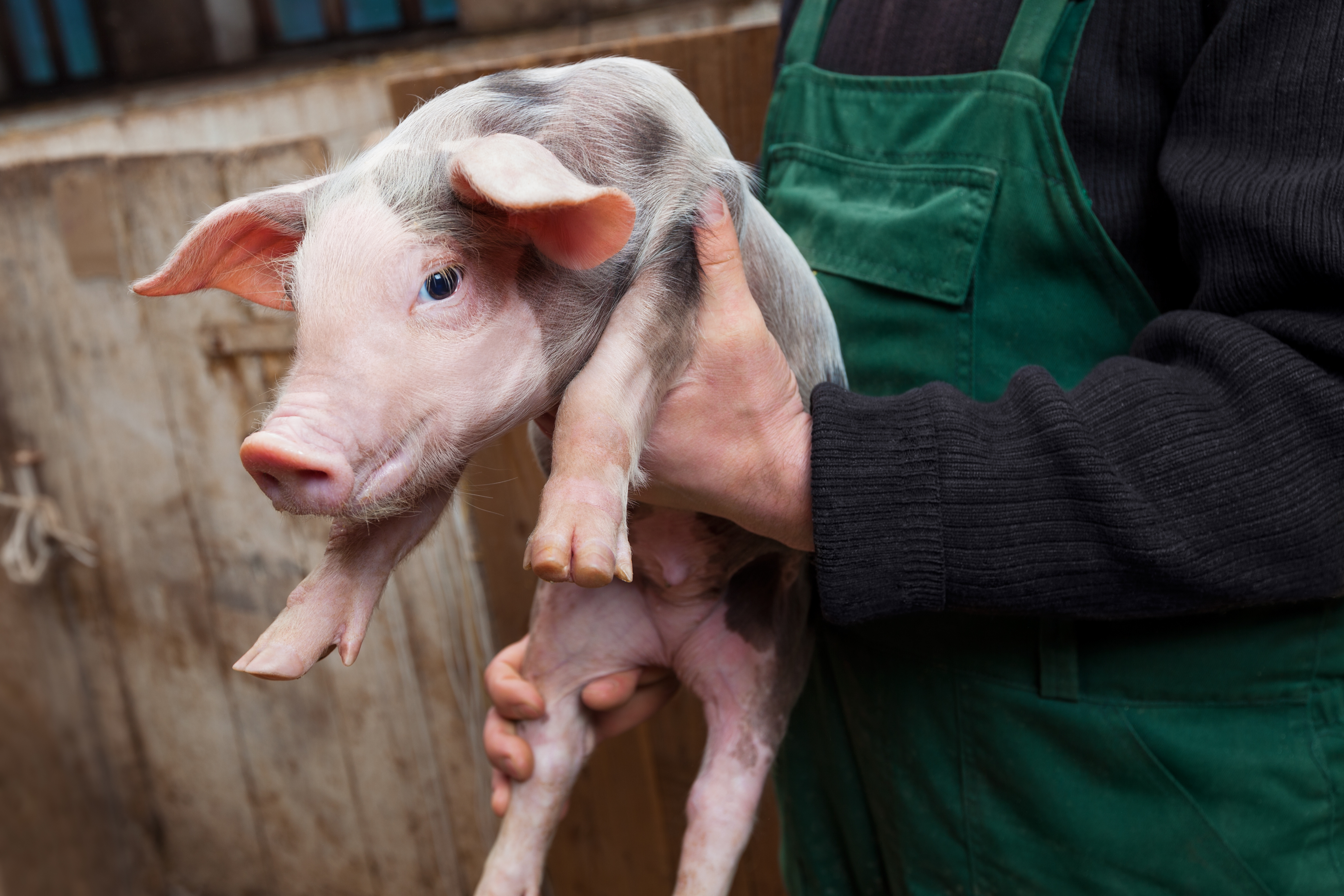
Litter size vs birth weight
The swine sector in the US has focused, in recent years, on growing more pigs and increasing productivity. While the sector has done an excellent job in improving selection for litter size, it has led to some challenges. As litter size increases, for instance, average birth weight per piglet drops. Furthermore, the percentage of pigs born at under one 900 grams of body weight has increased linearly as litter size has increased.
Fent presented data on the distribution of piglets by birth weight. Broken down into increments of half pounds of body weight, the data reveals that more than 10 percent of the studied population fell under 2.5 lbs. (1.1 kg) of body weight. Mortality rates correspond with birth weights and were as high as 59.4 percent in piglets born under 1.5 lbs., 35.1 percent in piglets born at body weights of 1.5–1.9 lbs., and 22.7 percent in piglets born at 2.0–2.4 lbs.
Piglets born at very low birth weights ranging from 1.5 lbs. to 1.9 lbs. are rare, though, and would normally be considered non-viable.
“Really, we would have a tougher time of dealing with those pigs and improving their liveability and success after that,” said Fent.
Beyond that, though, there are opportunities to improve success through interventions, especially those born in the 2–2.9 lbs. range.
Points of intervention
The greatest points for intervention to improve the number of full-value market pigs occur in the early stages of growth, especially at the start at lactation and in the nursery. In fact, the greatest percentage of body weight variation throughout the growth cycle occurs during lactation and in the nursery phase.
In a 2018 study that looked at the long-term performance of pigs, it was determined that in a normal growth cycle, pigs born at less than 2.65 lbs. were 1.5 times as likely to be in the last group that goes to market, said Fent. Furthermore, pigs that were less than 10.74 lbs. at weaning were 7 times more likely to be in the last group that goes to market, he said.
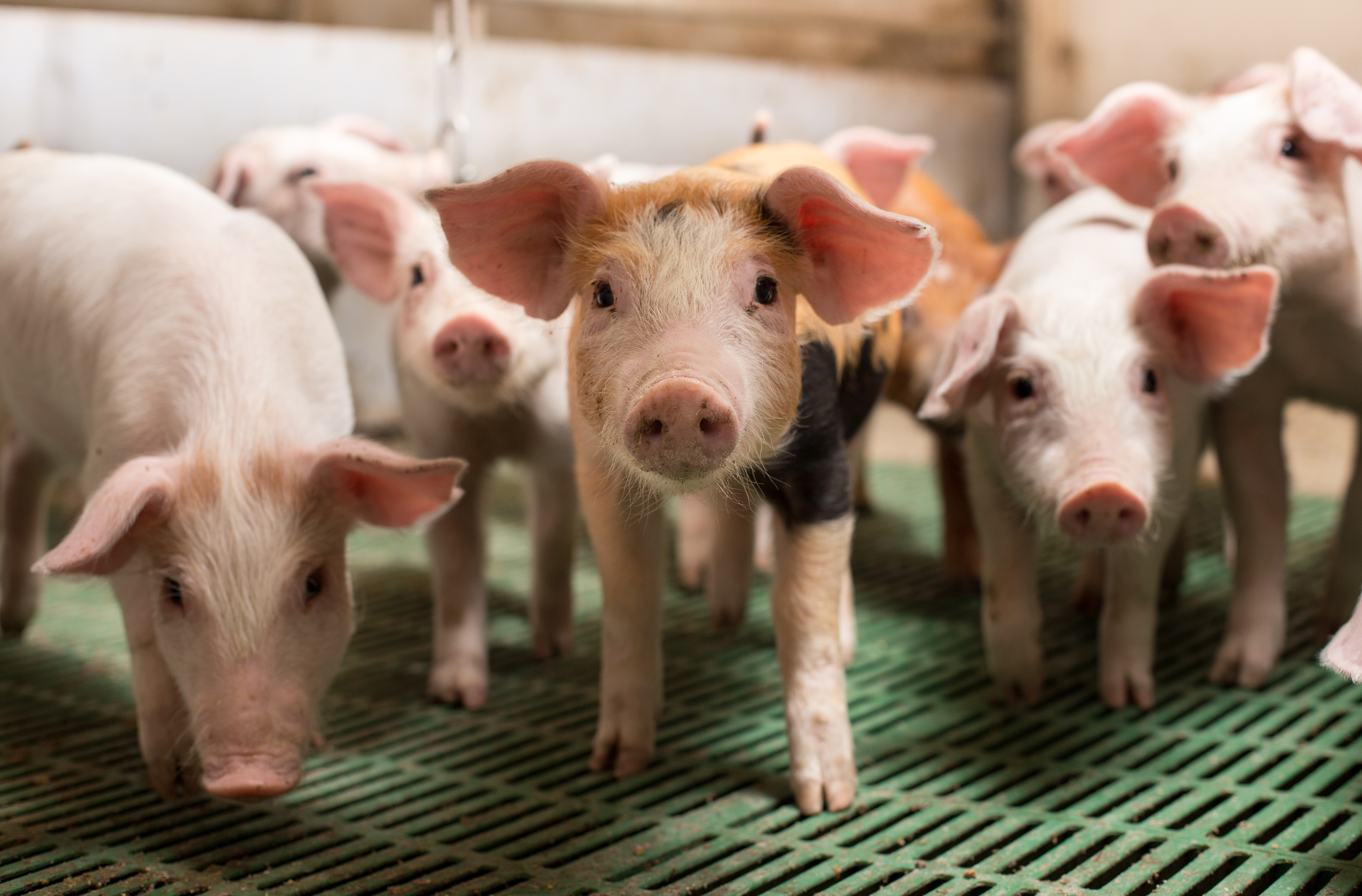
“To reiterate, what they found was that lactation and nursery phases were the two most critical periods in relation to growth suppression and also increasing weight variability, and so those would be areas that we could focus on,” said Fent.
Management can impact piglet health, growth and liveability during gestation as well. Gestation diet composition, feed amount and sow body condition all contribute to piglet health and viability. Research conducted at the University of Minnesota shows that boosting health and immunity in the sow through the use of oregano essential oils can also boost health in piglets. Specifically, essential oils, according to their studies, improve colostrum quality and passive immunity in piglets.
The study tracked the same piglets from start to finish and found those that came from sows that were fed oregano essential oil had greater body weight throughout the entire growth cycle. The study also showed advantages in terms of curbing pre-weaning mortality.
“This is an example of an early intervention upstream, before the pigs are born, giving an intervention to sows, have an effect in piglets all the way downstream until market,” said Fent.
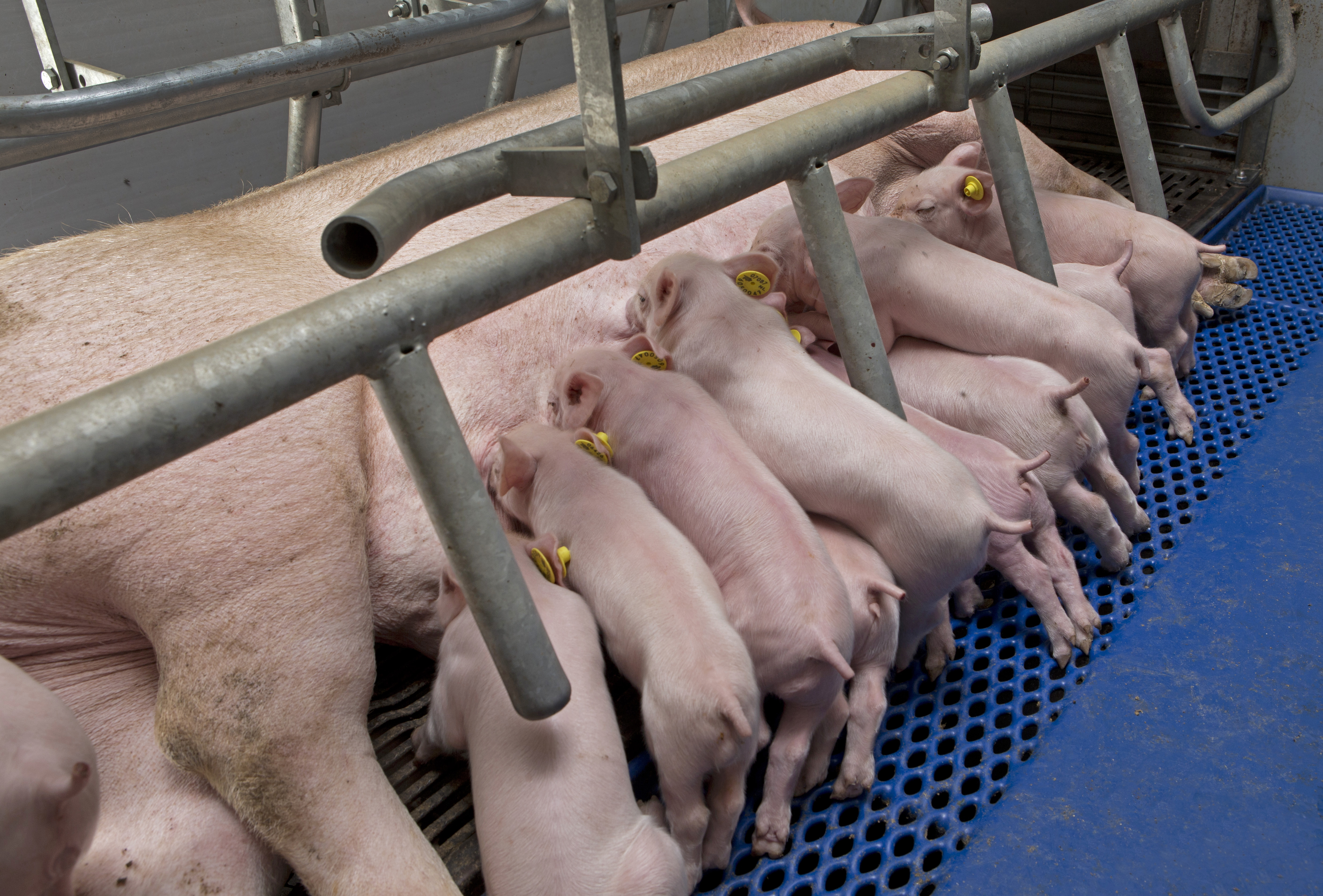
Piglets are born with very little stored energy in their bodies, which means it is critical to get them nursing as soon as possible. At this critical stage, Fent offered another intervention that could aid in piglet development. When given to all piglets at birth, bioactives from bovine colostrum administered to piglets on day one in a single dose have been shown to improve weaning weight and lower pre-weaning mortality by as much as 3 percent. But when given to the bottom 20 percent of pigs by birth weight only, results improve substantially, said Fent. In fact, studies showed that pigs at an average birth weight of 2.59 lbs. showed an increased weaning weight of 0.6 lbs. over the control, but pre-weaning mortality was reduced from 12 percent (control) to 4 percent (with intervention).
Supplemental milk replacers in the farrowing crate have also been show to improve weaning weight. Furthermore, the percentage of pigs that were weaned at less than 8 lbs. of body weight was reduced by more than half. Their growth was tracked through to finishing where the percentage of pigs that reached full market value increased by 7.64 percent.
“I would point out that the Birthright milk-fed pigs were actually five days less on feed when they went to market, on average, than the no-milk fed pigs,” said Fent.
Results are greater when targeting opportunity pigs, said Fent. In a study that looked specifically low birth weight piglets that were pulled off the sow and raised exclusively on milk replacers, the pigs that received milk replacement were almost 3 lbs. heavier at weaning than those left on the sow. But probably the biggest advantage was in mortality rates. On average, the study showed that mortality of low birth weight piglets exclusively on milk replacer decreased to 5 percent, while those left on the sow had a mortality of 26 percent. At finishing, the milk replacer piglets showed a 10 lb advantage over those left on the sow.
Creep feeding is another lactation intervention that could impact later development, said Fent. While studies show that there is no statistical difference in terms of average daily gain and mortality when creep feeding is used as a lactation intervention, growth performance improves significantly.
“This tells us that those pigs that have been fed creep feed in the crate, they knew what feed was and recognised what it was when they went to the nursery,” said Fent. “When they went to the nursery they could then eat feed quicker, and they got on feed sooner.”
Getting onto feed quicker did translate into greater average daily gains once in the nursery, he added. Pigs that lose weight in their first week in the nursery will take more time to get to market.
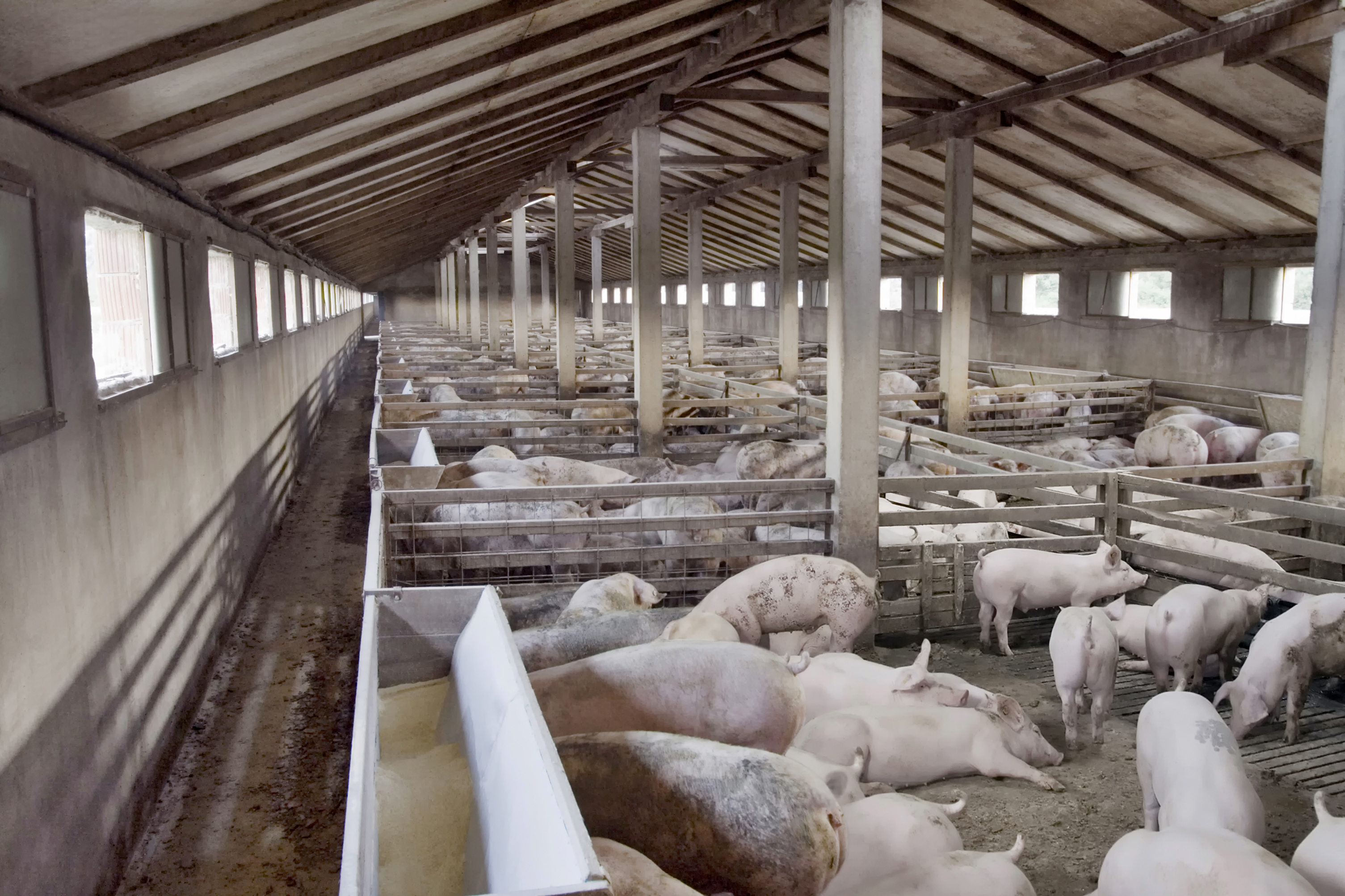
In the nursery, research shows that complex diets have an advantage over simple diets, said Fent. Simple diets are those made up of less digestible and less palatable ingredients, such as corn, soybean meal and DDGS. Complex diets, on the other hand, include highly digestible, easily utilised and highly palatable ingredients, including dried whey/whey permeate, plasma protein, oat ingredients, fishmeal, highly palatable simple sugars and yeast products.
Complex early nursery diets, said Fent, improve overall health and nutrition and minimise overall health challenges. Utilising purified amino acids and easily digestible protein sources helps to support optimal gut health and promote gut barrier function and nutrient absorption. The result, according to a University of Nebraska study, is improved weight growth by as much as 26.3 lbs. when compared to pigs on simple diets.
More recent data shows that pigs that were fed a complex diet in the early nursery phase had a 4 lb. weight advantage when they got to that later finishing phase.
Identifying opportunity pigs
Before implementing any of these strategies, Fent advises growers to first identify their appropriate sub-population of opportunity pigs. This might mean tracking pigs by birth weight or body weight to see where they are within the population. Once opportunity pigs are identified, producers should choose intervention strategies that best fit their farm, their management style and overall economics, and track those pigs to see what impact their interventions had on full market value.
While feed conversion and average daily gains have more often been used as the greatest measures of success, if the pig doesn’t make it to market, ultimately, it’s just money lost.
“The greatest potential for profitability can be looking at the number of mortalities, culls and lightweight pigs and improving the number of full value market hogs that get to market at the end of the day,” Fent concluded.





